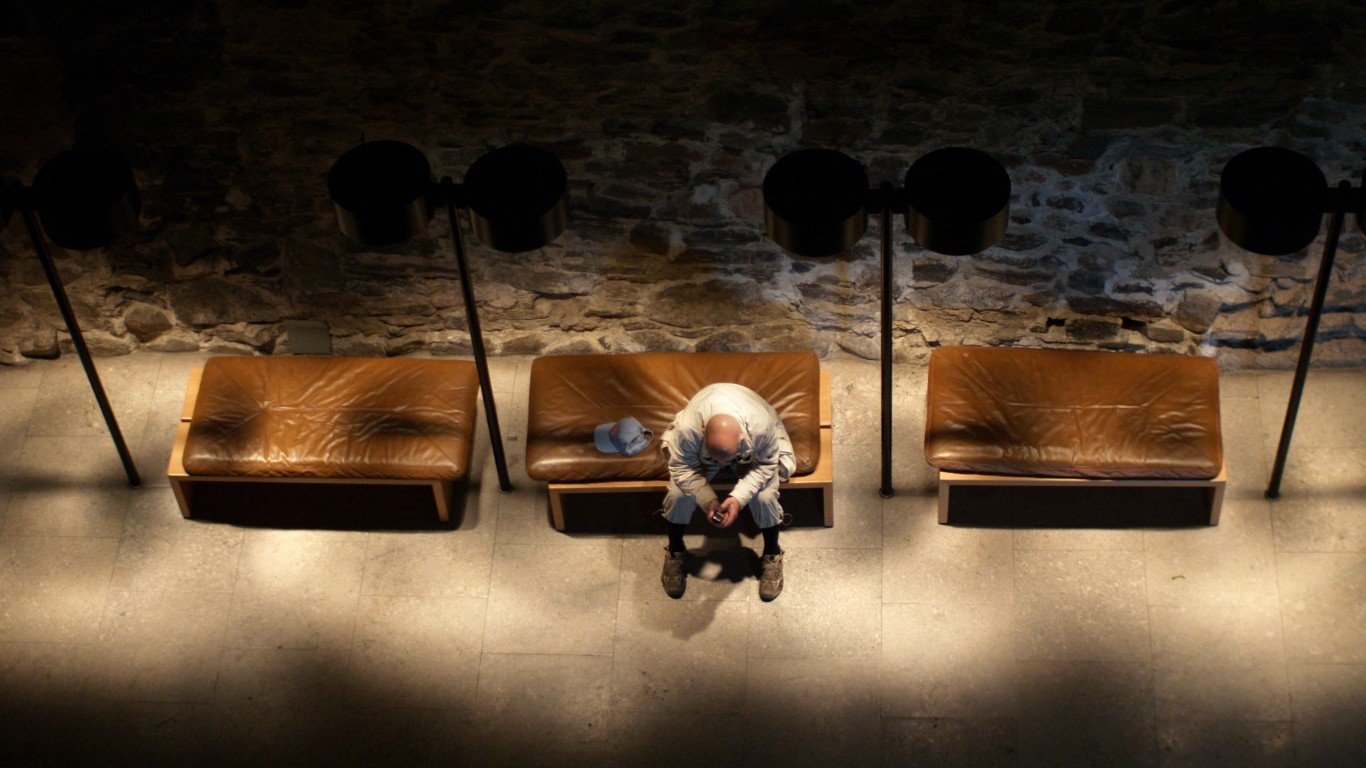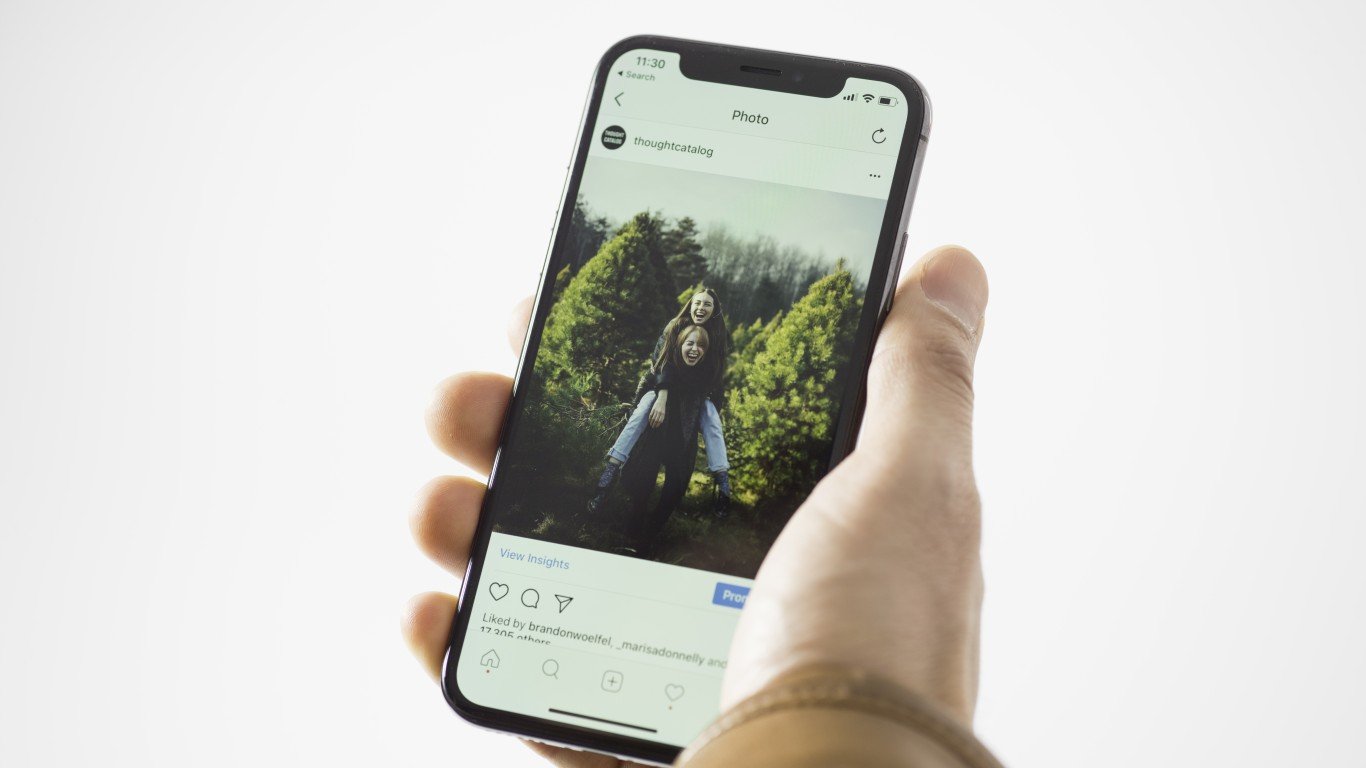

An unprecedented 2020 left much of the world in a state of uncertainty about the future as the COVID-19 pandemic continues to rage across the globe. Many reflect back to more certain times, wishing a return to normalcy. But what was normal even last year, was a complete change from a decade ago.
24/7 Tempo reviewed scorers of news and government sources, as well as academic and marketing research. The following list, which is not exhaustive, is a selection of ways life has fundamentally changed since 2010.
Consider this: If it were 2010 right now and you needed a cab, you’d have to call a service or hail one from outside. Today, all you need is a phone with a ride-sharing app on it. Also, wearing a mask outside was unheard of, and if someone told you could not go visit grandmother for Thanksgiving, you’d probably laugh.
Back in 2010, Facebook already existed, but it wasn’t the behemoth it is now, affecting hundreds of millions of people in many ways — from how they stay in touch to how they consume the news and form political opinions.
A lot can and has happened in a decade. Fads have come and gone with some becoming lasting trends. Many of these trends fall into the weight loss and healthy eating category — here are the 35 biggest fads and trends in food and drink since 2010.
Although 2010 may not feel like such a long time ago, when you consider how much has changed since then, it seems like it was actually way, way in the past.
Click here to see the 50 ways American life has changed since 2010.
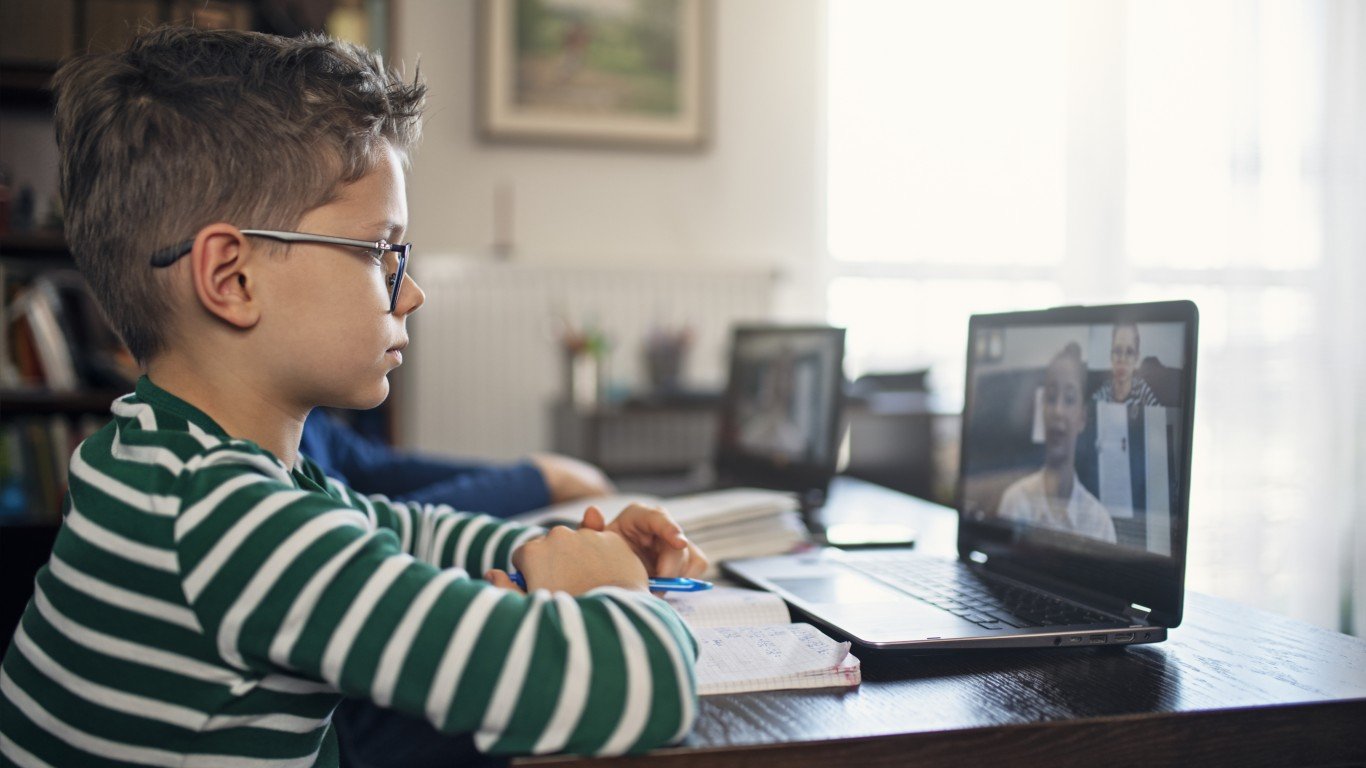
1. Learning has moved online
Some of the last decade’s most dramatic changes occurred in its last year. Until March and April, when schools across the country were shut down for the rest of the academic year due to the coronavirus, remote learning was used only by colleges. By November 2020, every school district in the country has designed a plan for teaching students online if it becomes necessary to close schools for in-person classed again. Major cities — from New York to San Francisco and in between — have closed schools multiple times and for extended periods, impacting millions of students.
[in-text-ad]
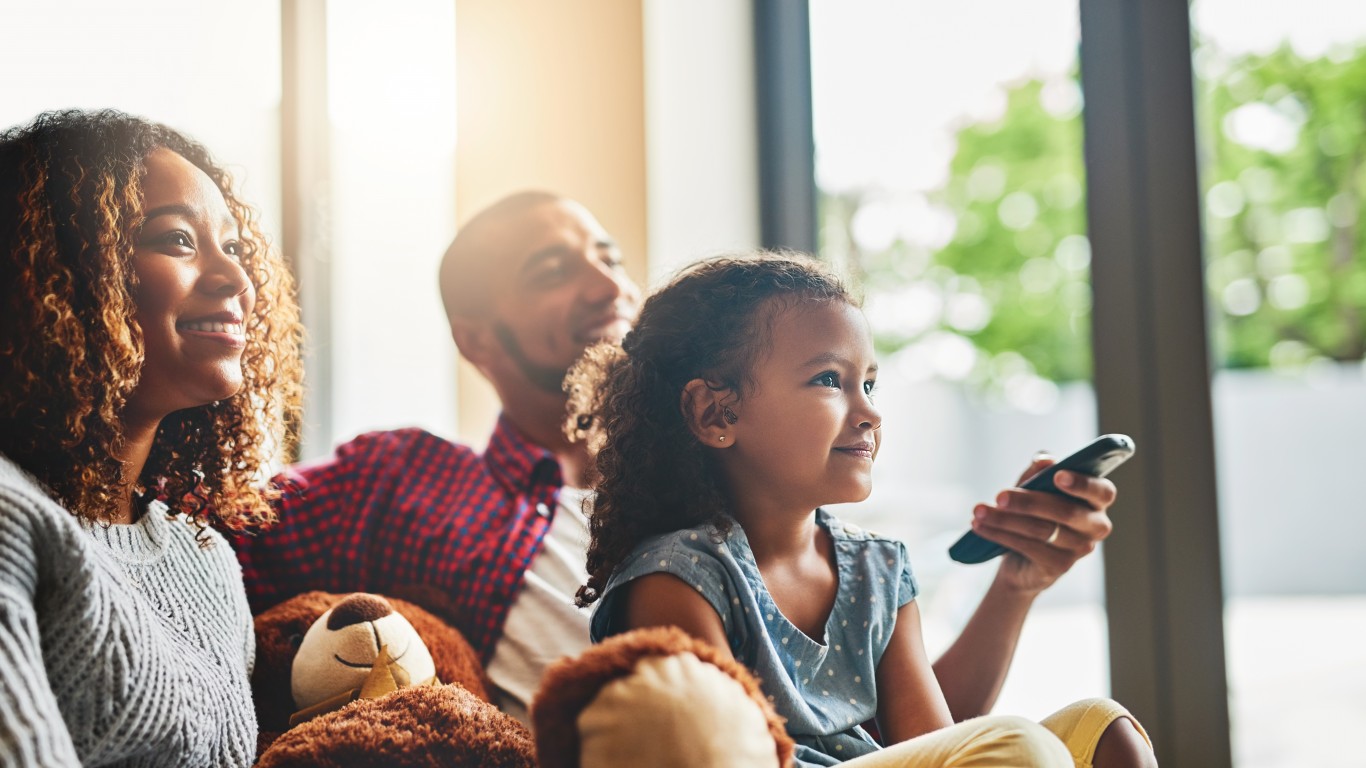
2. TV shows are all the rage, not movies
Just over 1.2 billion tickets were sold in domestic movie theaters in 2017, which was a 25-year low for the industry. As ticket prices keep rising and streaming platforms keep offering more options — the majority of which are TV shows and original series — the downward trend is likely to continue.
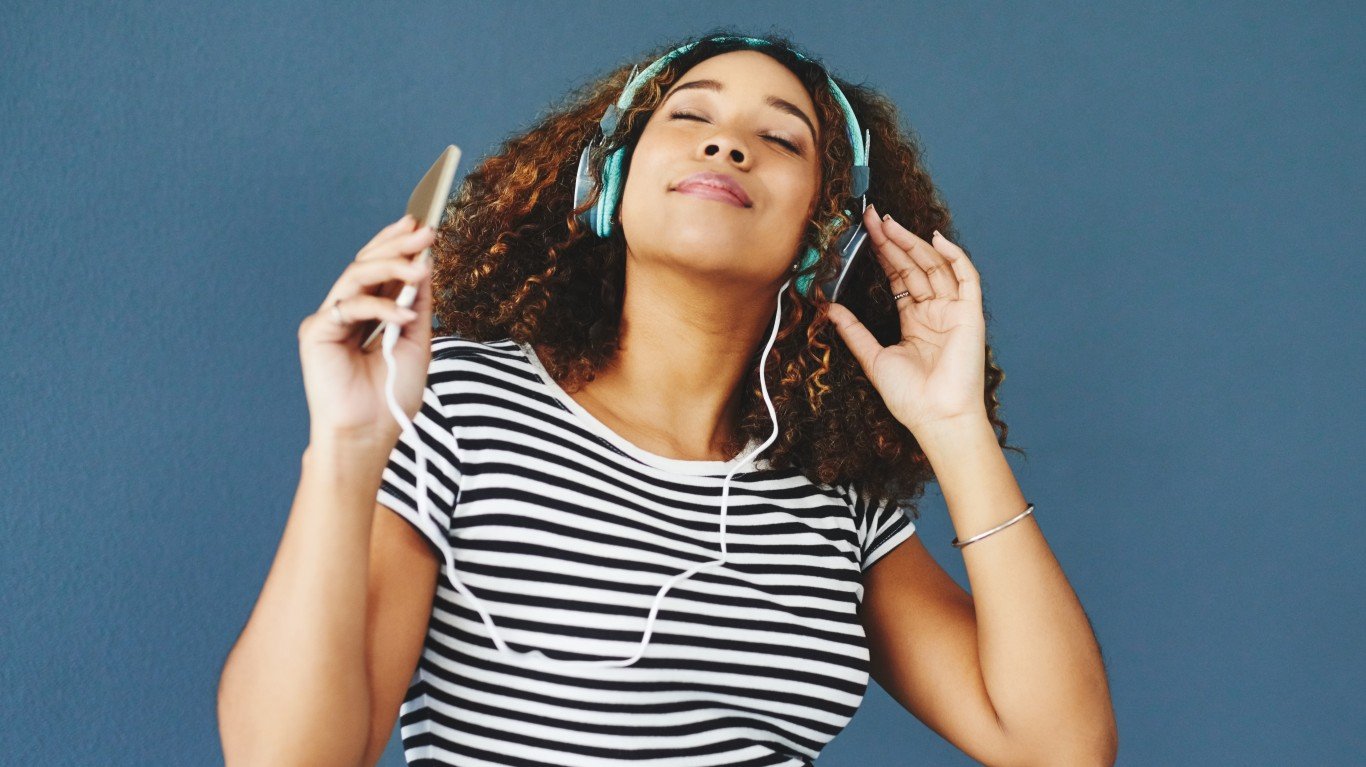
3. Music is streamed, not downloaded
Music streaming was around before Spotify, but Spotify is often credited with changing the music industry. The service came to America in July 2011 and the rest is history. Since then, several more music streaming services have been created, including Apple Music and TIDAL.
[in-text-ad-2]

4. School shootings are no longer a surprise
There is a heightened fear of school shootings. There was the Sandy Hook Elementary School shooting when 26 people, including 20 children, were killed; the Stoneman Douglas High School shooting in Parkland, Florida, which claimed 17 lives. The list goes on and on. There have been at least 177 school shootings since 2009, according to an analysis by CNN. Last year was the first since 2016 with an average of more than one mass shooting a day. Public mass shootings are not only more frequent, they are also deadlier and the shooters are younger.
[in-text-ad]

5. People find out about the world on social media
Chances are you’re reading this article on your phone after seeing it on Facebook. About 55% of American adults get their news from social media “often” or “sometimes,” according to a recent study by Pew Research Center. Social media topped print newspapers as the outlet providing news to people for the first time in 2018.
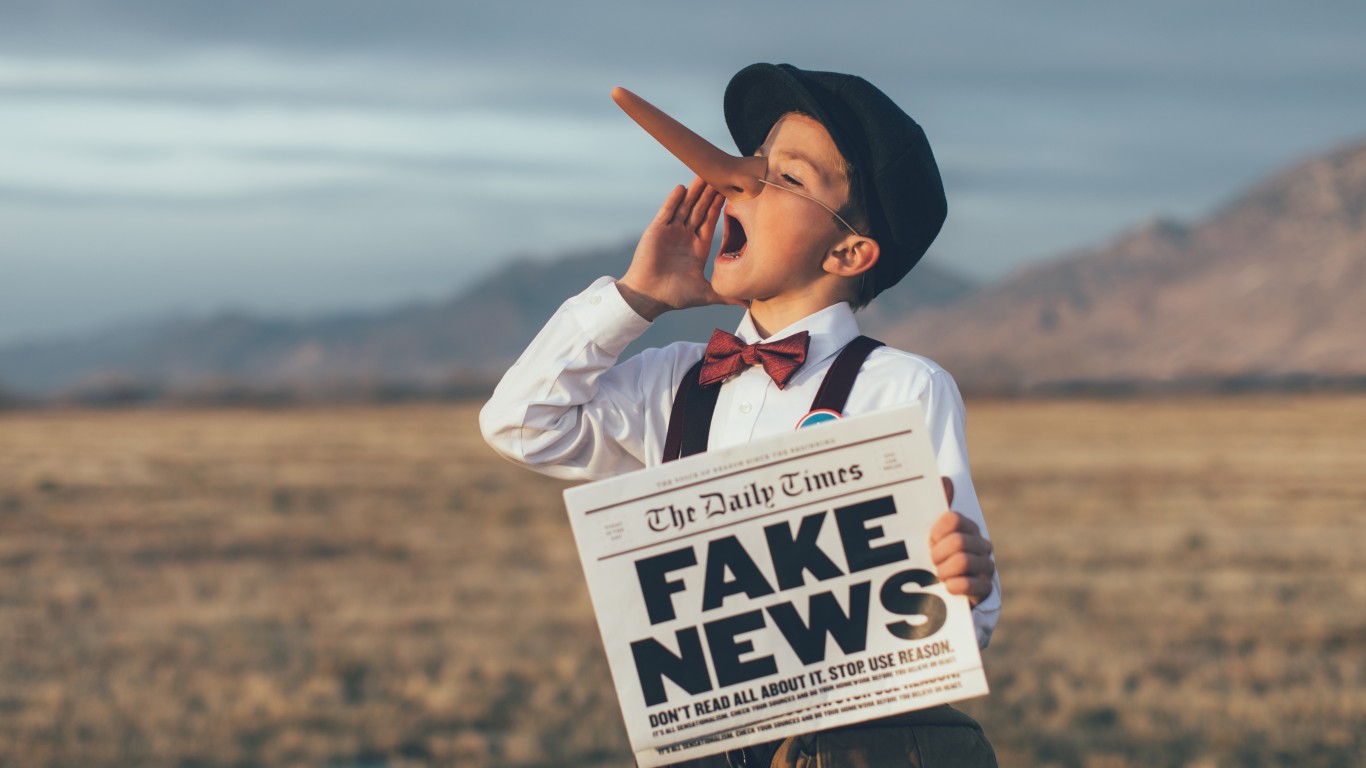
6. Fake news is everywhere
Start typing “fake news” in Google and almost immediately you’re going to see a suggestion — “fake news generator.” Anyone can use it, whether as a joke or with malicious intent. The concept has existed for a long time but it gained notoriety during the 2016 presidential election; “post-truth” was even selected as the word of the year by Oxford Dictionaries.
[in-text-ad-2]

7. People don’t memorize anything
Psychologists like to use the term “outsourcing our brain.” When was the last time you actually memorized a phone number that wasn’t your significant other’s? Everything you need to know is a click away. In many cases you don’t even need your phone anymore — Alexa, Siri, or Cortana will instantaneously provide you with the information you need.
8. And they text more than they talk
As a way to cut costs, some companies no longer provide voicemail as an option for their employees, especially if they don’t interact directly with clients. The move has proven popular, perhaps unsurprisingly. People, especially millennials, rarely talk on the phone anymore. A 2014 Gallup poll found that text messages outrank phone calls as the main means of communication for people under 50.
[in-text-ad]
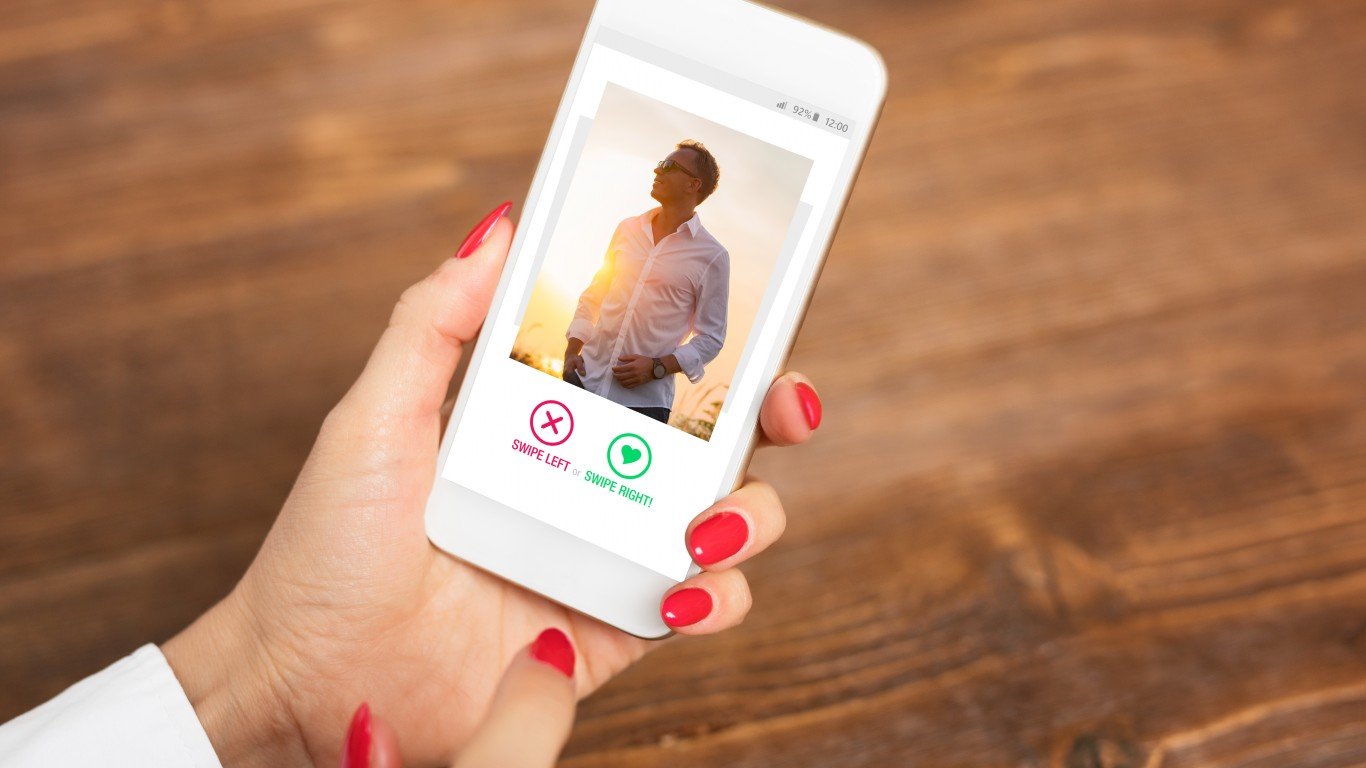
9. Couples meet through apps
It looks like people trust technology more than other people when it comes to matters of the heart. Dating apps are the norm and there is no stigma attached. A recent Stanford study found that meeting online is now the most common way couples first connect. People now rely on algorithms as opposed to friends and family to be introduced to a potential significant other.
10. Binge-watching shows is the norm
If you can watch more than one episode of your favorite show in one sitting, why wouldn’t you? Waiting a week to find out if Rachel got off the plane can be painful. Luckily, you don’t have to. About 60% of all TV viewers report binge watching at least once a week, according to a 2018 Morning Consult/Hollywood Reporter poll. It’s common for people to even cancel plans so they can stay home and binge watch. As much as 36% of all viewers also prefer series that release the entire season at a time.

11. Skipping commercials is an option
DVR is arguably one of the best inventions in TV history. You don’t have to sit through a single second of paid announcements. Networks have responded and have shed ad time.
[in-text-ad-2]
12. Cell phone cameras have replaced portable cameras
DSLR, Nikon, Panasonic, digital cameras, film cameras, video cameras…They have all become obsolete, unless you are a professional photographer. And, apparently, even they don’t need the gadgets anymore. Movies are now being shot with smartphones by prominent directors as well.
13. Alternative medicine is mainstream
What used to be considered “alternative” is now “integrative.” Some of these treatments, such as acupuncture, have been around for a long time, but are now being accepted without prejudice. They address one’s physical as well as emotional health and are being recommended by doctors in addition to traditional drugs or surgeries.
[in-text-ad]
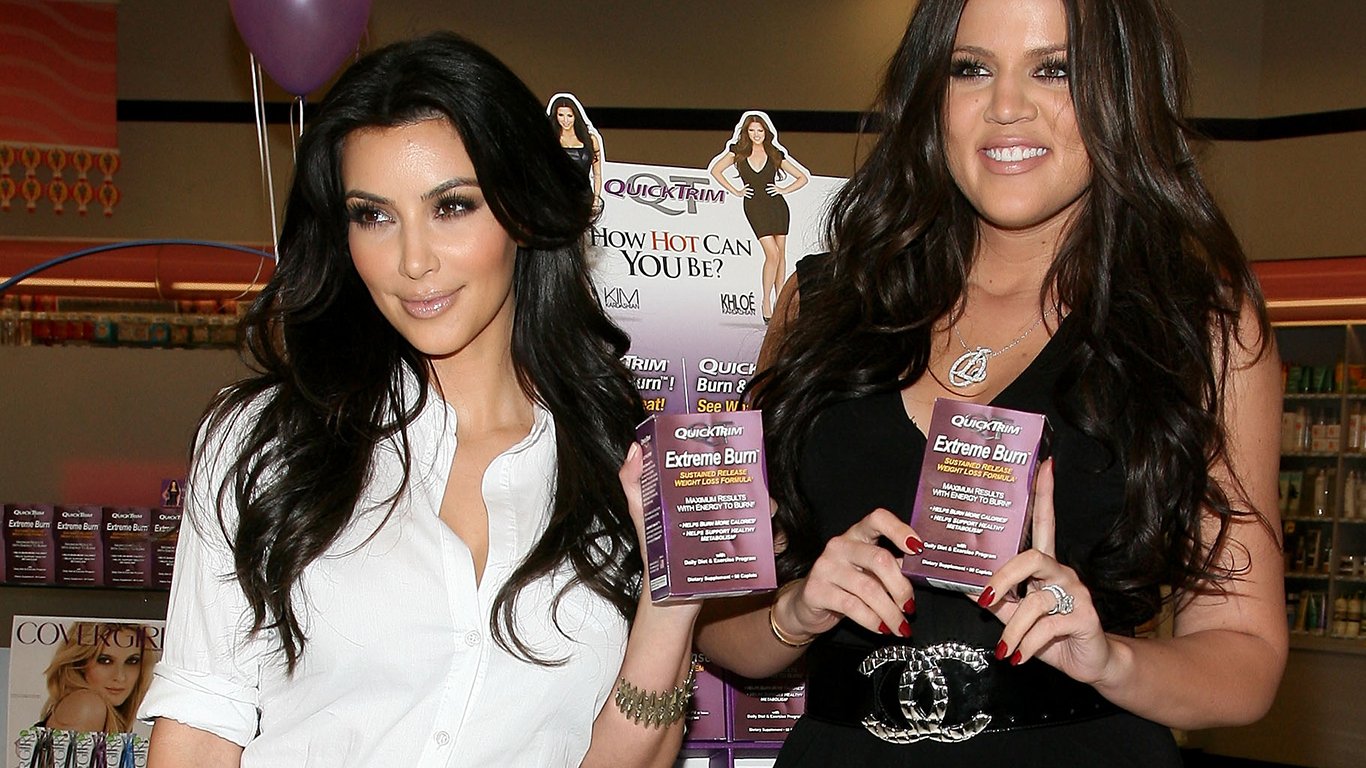
14. Obsession with celebrities is strong
Most children have a smartphone by the age of 10. With the constant flow of information about celebrities, and easy access to their profiles on social media, fame has become big business. More than half of 11- to 16-year olds identify celebrity culture as the main influence behind how they look or want to look.
15. Singers rise to stardom through reality shows
“American Idol,” “The Voice,” “The Masked Singer,” “X Factor:… Aspiring musicians sign up for such singing and other talent competitions in the hopes of making it in the music industry. Not every winner of every show becomes a huge star like Kelly Clarkson or Jennifer Hudson, but that hasn’t stopped people from trying.
16. Government is taking healthy eating more seriously
Government institutions are often blamed for being out of touch and for moving slowly when it comes to updating regulations. Trans fats, for example, were known for a long time to be harmful, and health experts said they should be avoided like the plague for years. The Food and Drug Administration took action in 2015, giving food producers three years to stop using them. Ingredient labels on foods have recently been updated to more accurately reflect sugar, calories, and nutrients content.
[in-text-ad-2]

17. People eat more “meat” made from plants
Unless you never eat out, you have probably heard of Beyond Meat burgers, which contain no meat. They are plant-based patties that include water, pea protein isolate, some oils, rice protein, and flavors. Another meatless product, the Impossible Burger, has been a huge hit, according to Burger King, which serves it. Overall, about 95% of people who order the meatless burger are not vegans, according to 2017 data from market researcher NPD Group.
18. Parents spend less time with their children
Parents spend about 37 minutes of quality time a day with their children, according to 2018 research. The biggest reason is lack of time — people work longer, so they have no time to do chores, postponing them for the weekend. Another reason is the kids’ school schedules. Increased amount of screen time is also to blame. Families are spending more “alone-together” time — that is when the family is physically together but everyone is on a mobile device and they don’t interact.
[in-text-ad]
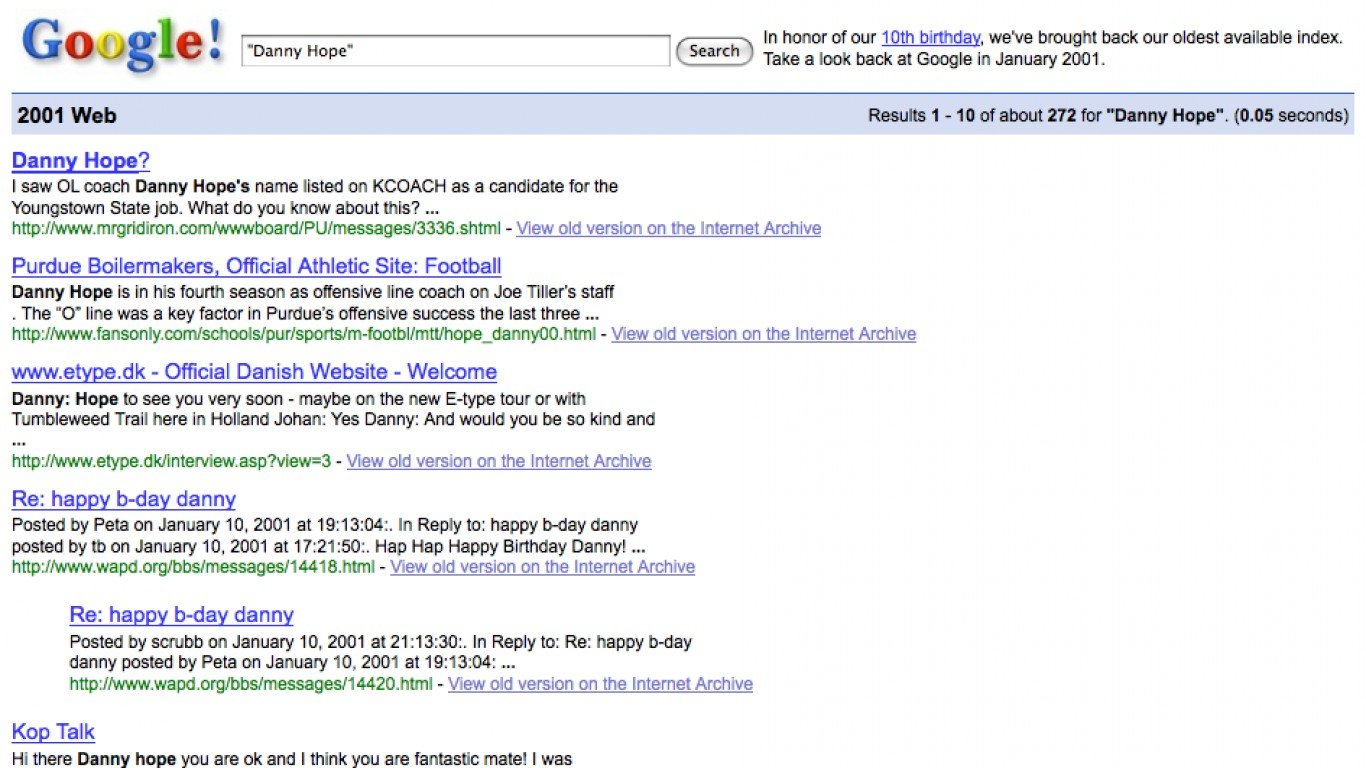
19. Everything is Googled
Google has been around since 1998 and has since gradually taken over all search engines. Information about everything and anything is available a click away. The search engine has grown to be a media giant offering products with which people communicate, perform work, consume media, and navigate the internet.
20. People recycle
Americans are becoming more alarmed about the state of the environment. Currently, about a third of people in the United State recycle, a figure that has been increasing over the years, according to the EPA. Some states even introduced measures to encourage people to recycle, such as paying them. The city of Tempe, Arizona, for example, has started a SMART program — Save Money and Recycle Tempe. Some call it the “pay-as-you-throw” program. You can save money by recycling more — the bigger the recycling container, the smaller the monthly fee.
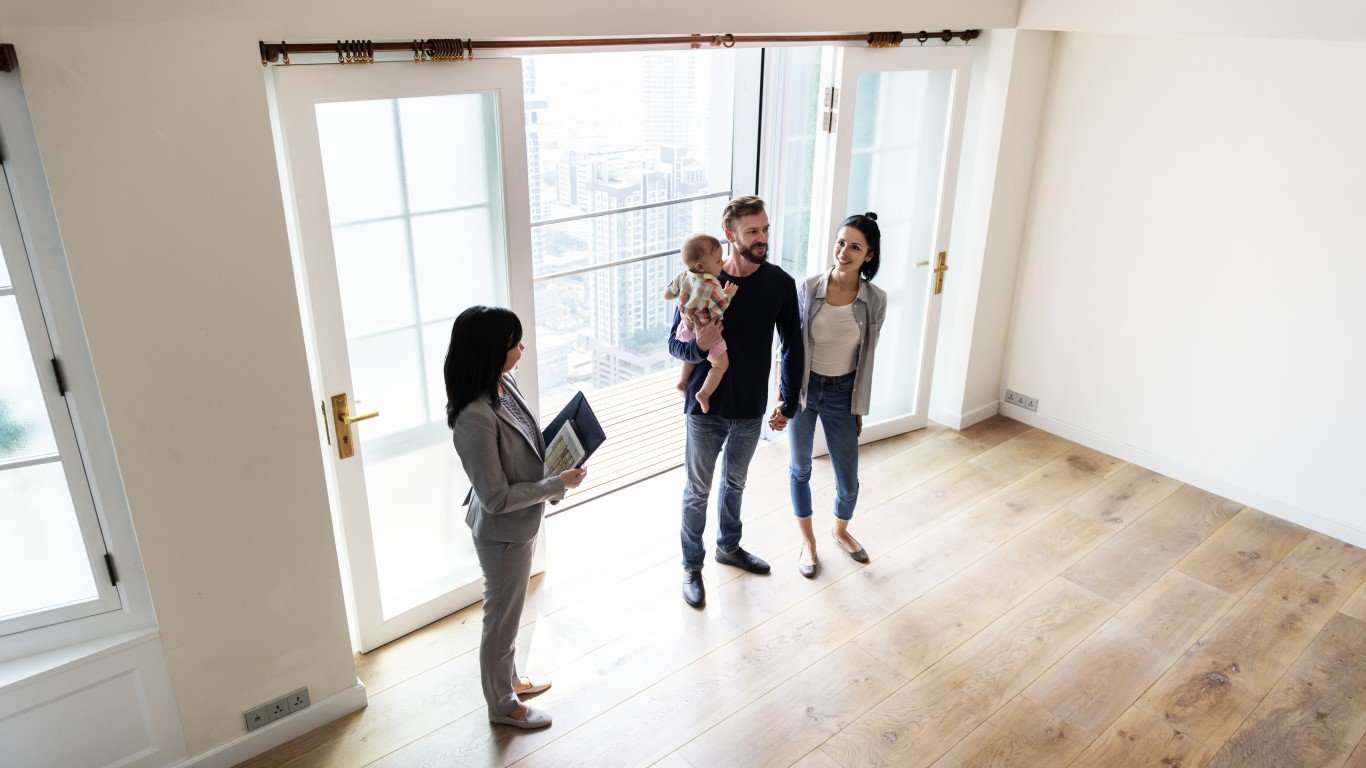
21. Millennials are waiting for a recession to buy homes
Homeownership in the United State has fallen and millennials are getting most of the blame. They simply don’t have the money as down payments are higher and people are struggling to pay their student debts. Many young people postpone reaching the milestone of owning a house while waiting, and maybe even hoping, for the next recession. Some real estate experts say this may not be wise because banks won’t make the same mistakes they did before 2008.
[in-text-ad-2]
22. People work remotely more
Even before the pandemic forced all but essential employees to work from home, working remotely was on the rise. According to a 2017 Gallup poll, more people work remotely and for longer periods of time — about 43%, a 4% increase from 2012. Of all remote employees surveyed, 31% work off-site four or five days a week, up from 24% two years prior.
23. There is an urban exodus
Big city life has become unaffordable for many young people. Millennials are making a move to the suburbs. Many people are still moving to the many big cities, but population growth is slowing at the benefit of suburban areas, many of which are located on the periphery of expensive regions.
[in-text-ad]
24. Shopping in actual stores is old school
People increasingly turn to their phones and computers to make purchases. Millennials buy more than a third — 36% — of what they need on their phones, an increase of about 20% since 2017, according to a CouponFollow survey.
25. People spend less time socializing
Americans used to spend, on average, about 46 minutes a day talking to family and friends about things not work-related. That figure is now 39 minutes, according to data by the U.S. Bureau of Labor Statistics. People are substituting video games for human interaction, according to the same report.

26. People are their own travel agents
Traveling used to involve a lot of planning, the majority of which was usually done by a travel agent. Even just booking a flight required the services of such a person. This is no longer the case. The internet has largely replaced travel agents. There are now dozens of sites through which flights, hotels, and rides can be booked.
[in-text-ad-2]
27. Cleaning services have exploded
A 2017 study found that, basically, people are happier if they don’t have to clean or cook. According to the Bureau of Labor Statistics, there were 2.4 million jobs in the cleaning sector as of 2018, about a million more than in 2016. The field is expected to grow 7% from 2018 to 2028.

28. Gluten-free diets surge in popularity
Gluten is a family of proteins found in such grains as wheat, rye, and barley, and in the flours made from them. While those with gluten intolerance or celiac disease must avoid these, many people don’t eat products containing gluten as a way to control their weight. A 2017 study found, however, that people who follow a gluten-free diet but don’t have celiac disease are doing a disservice to their bodies because they don’t eat whole grains, which have many heart benefits.
[in-text-ad]
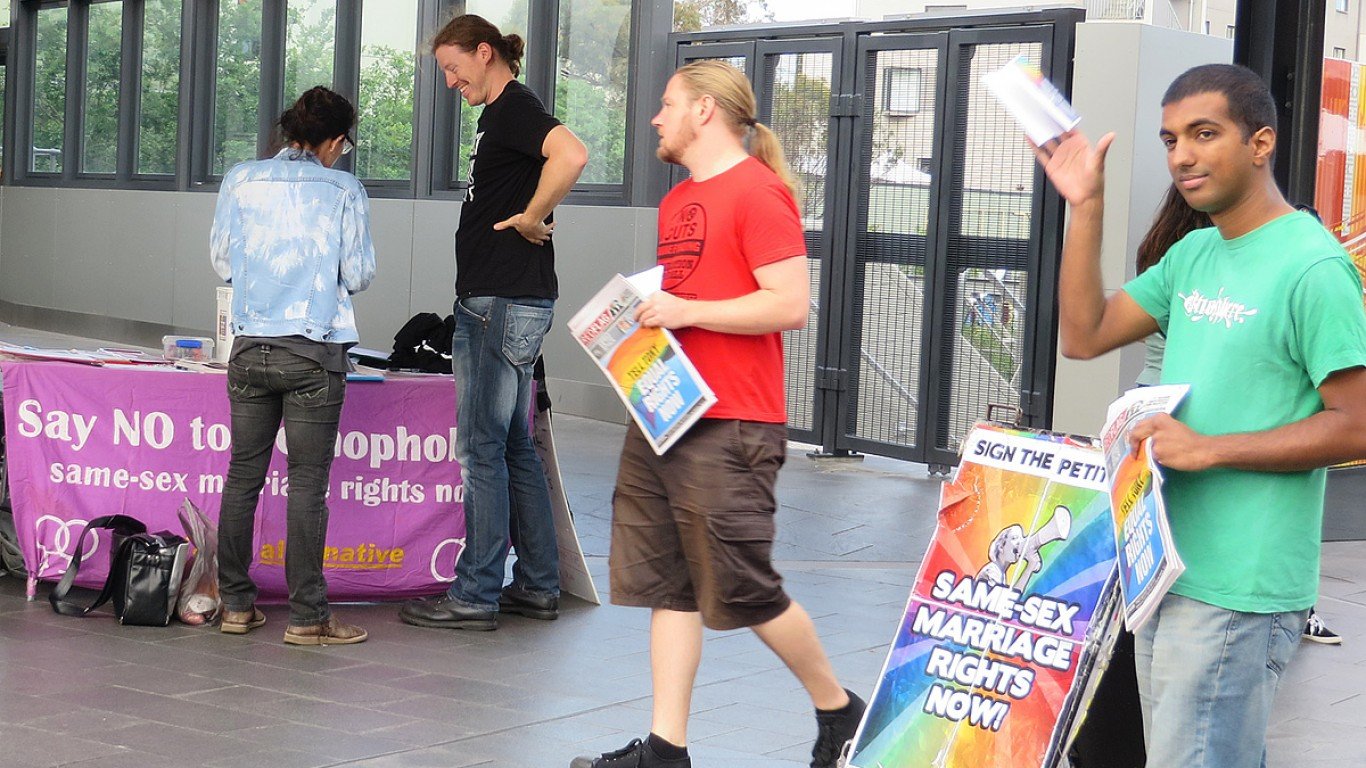
29. Same-sex marriage is legal
Everyone can get married to whomever they want and, theoretically, no one can stop them. In June 2015 the U.S. Supreme Court struck down all state bans on same-sex marriage. It is now legal in all 50 states. All states are also required to honor out-of-state same-sex marriages. Before the decision, 14 states did not allow gay couples to tie the knot.
30. Marijuana is legal in more states
The right to smoke weed has come a long way since 1973 when Oregon became the first state to decriminalize marijuana. People caught with it were only fined. Fast-forward to 2010 and Arizona and D.C. followed several other states, legalizing it for medical purposes. Two years later, Colorado and Washington became the first states to vote to legalize it for recreational purposes. In 2020, D.C. and 15 states — Alaska, Arizona, California, Colorado, Illinois, Maine, Massachusetts, Michigan, Montana, Nevada, New Jersey, Oregon, South Dakota, Vermont, and Washington — all legalized marijuana for recreational use. It’s still illegal on a federal level, however.
31. Vinyl records have come back
How people listen to music has come full circle. Whether people are feeling nostalgic or find it cool, they are listening to vinyl records more and more often. Sales have been growing for at least 12 consecutive years, according to the Nielsen Music 2017 U.S. Music Year-End Report. In 2018, 16.8 million vinyl albums were sold in the U.S., up from 14.3 million in 2017 and from 2.8 million in 2010.
[in-text-ad-2]
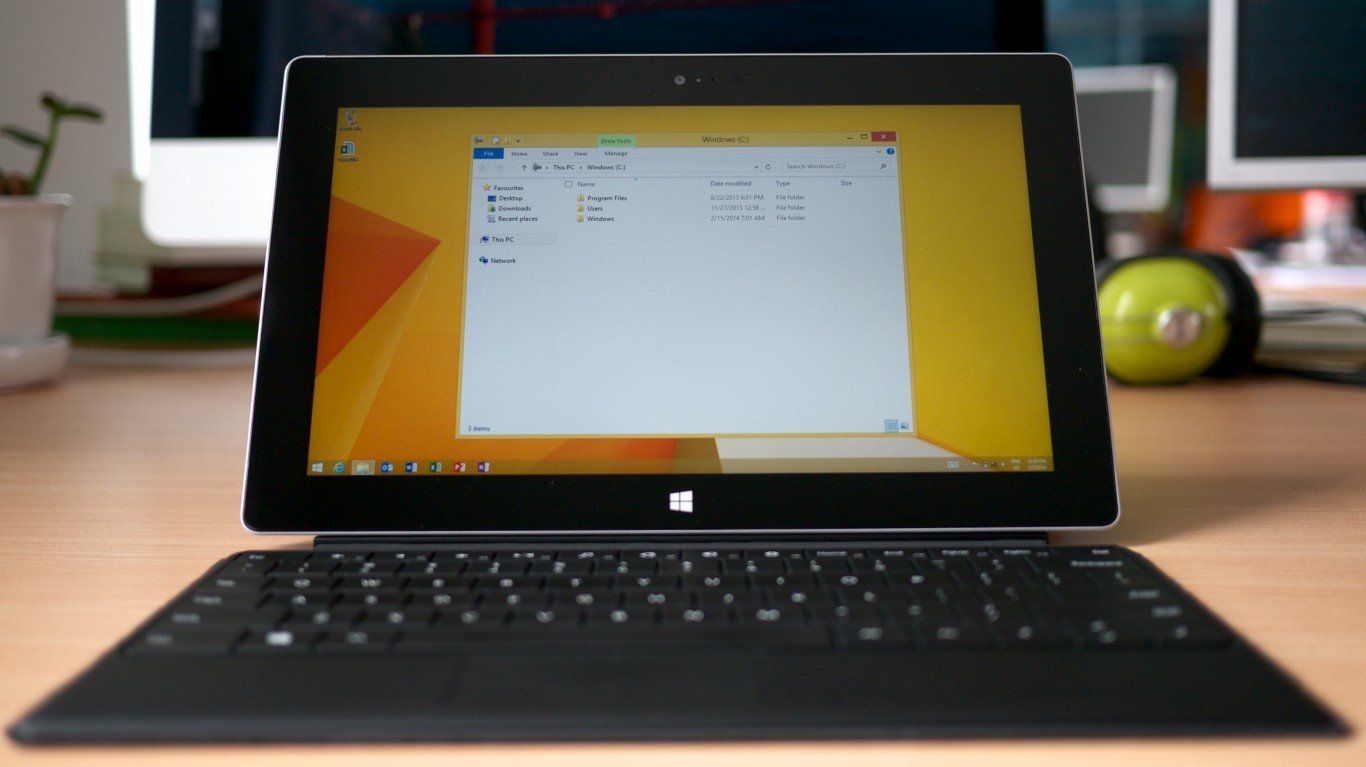
32. Life is now in the cloud
You may not quite understand what the cloud actually is, but chances are you have digital photos or personal documents uploaded there. Examples of cloud computing include Dropbox, Flickr, and Google Docs. The cloud is basically a shared pool of computing resources delivered via the internet. The number of small businesses in the U.S. that plan to use the cloud is estimated to increase up to 80% by 2020.

33. People don’t have to know how to spell
Whether you’re writing an email on your computer or texting, auto-correct is there to save the day. Sometimes, however, the feature fails, as it’s not programmed to understand the meaning of a sentence — and the consequences can be absurd. For example: “And I will supply the Diet Coke 🙂 an[d] I’ll give you HIV too.” HIV was supposed to be “hug.”
[in-text-ad]
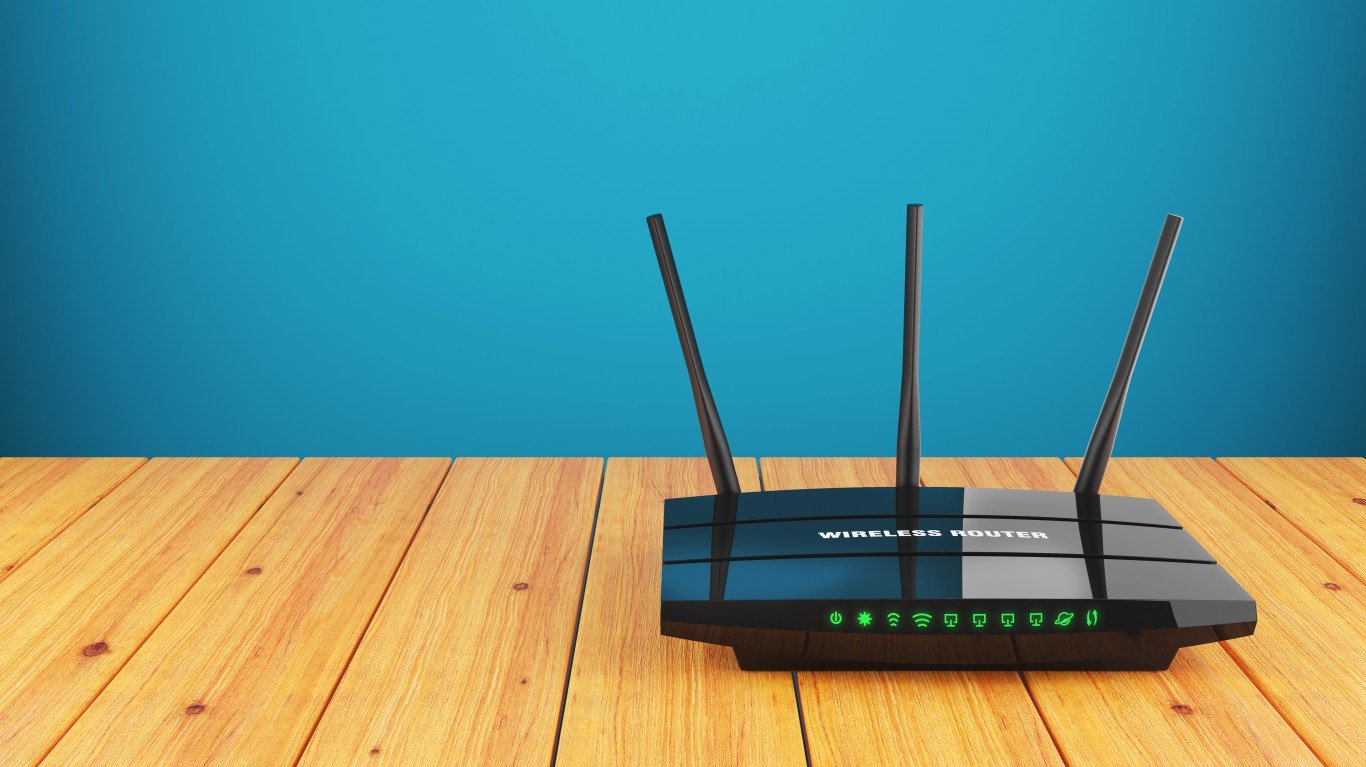
34. People freak out when the Wi-Fi signal is weak
Some people may argue that there is no worse feeling than that of the Wi-Fi not working. We’ve all been there, right? Losing wireless connection is a nightmare, or it certainly feels like that. The reason may be that people are simply too used to being connected all the time, but it can also be scientific. People with fear of missing out, or FOMO — feeling anxious because you think you’re missing a social experience — feel more extreme emotions when digital technology fails, according to a 2018 British study.
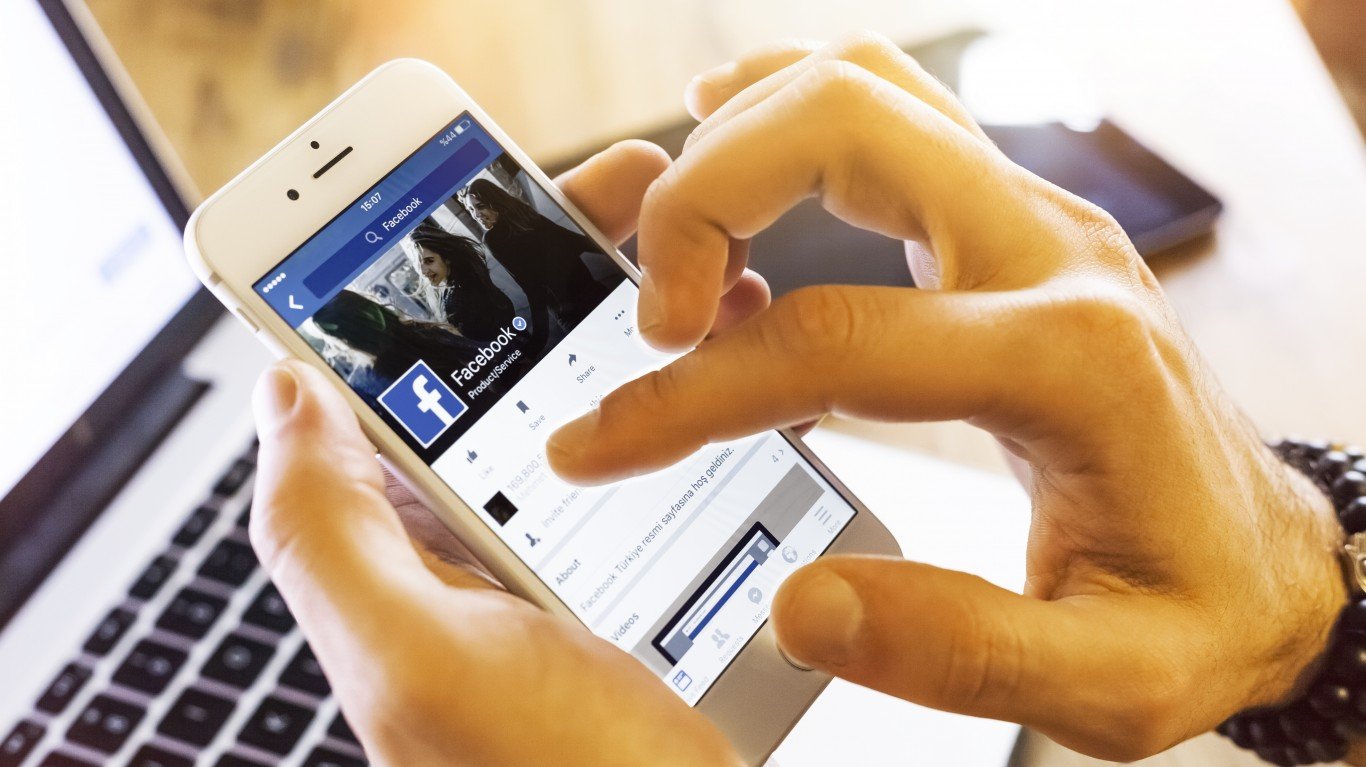
35. Privacy is non-existent
There is no such thing as a free lunch. You don’t pay actual money to create a social media account, but you pay with your privacy. It’s no secret anymore that companies are profiting from every bit of information a person chooses to share online. Personal details from professional history to how many friends one has are being collected, analyzed, and sold. You may think you’re just sharing with friends but, in fact, you’re sharing with data miners.
36. Anyone can become a celebrity
Instagram was launched in October 2010 and since then it has revolutionized the way a person can become a celebrity. It seemingly takes no effort, just a lot of posting in order to gather a large following. A person with access to a huge audience is now called an influencer and gains celebrity status.
[in-text-ad-2]
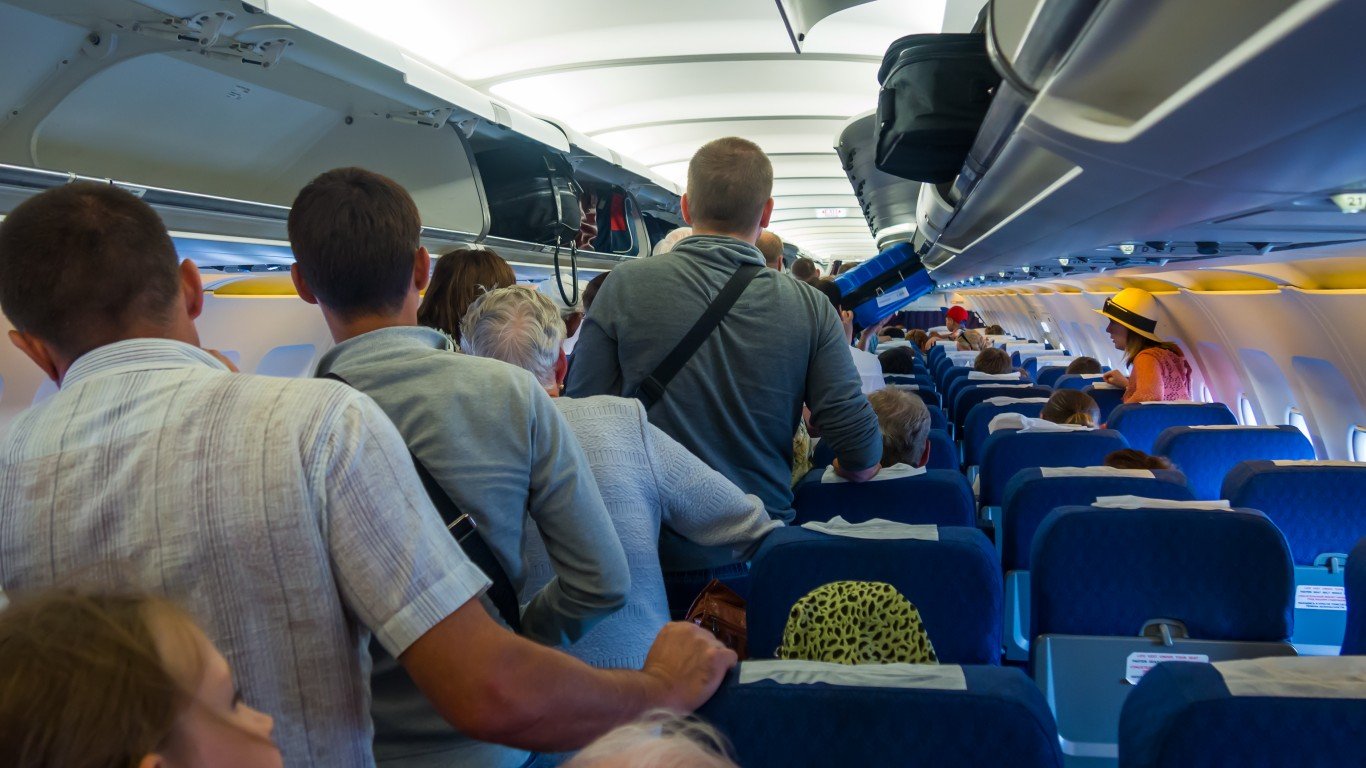
37. Flying is a lot more uncomfortable
Even before coronavirus-related restrictions, air travel has turned from an adventure to an endurance. Rising fuel prices have pushed up the prices of plane tickets. And if that’s not enough, you often feel like you have to pay extra for a few perks, including a decent seat. Airlines are trying to increase profits by squeezing more people onto a plane and that happens by adding more seats. Less legroom is now the norm. The distance between rows in economy class has gone from as many as 35 inches to as little as 28 inches.

38. Taking pictures of your food is a hobby
Many people seem to feel that it’s very important to take a picture of their food and post it online, flooding their friends’ feeds. This is the “camera eats first” phenomenon made possible by the likes of Instagram. This has greatly influenced not only the social media on which food photos appear but the way chefs cook. A survey conducted in 2017 by the market research company Maru/Matchbox found that 69% of those aged 18 to 34 took a photograph or video of food they were about to eat and posted it on social media.
[in-text-ad]
39. People are quitting smoking tobacco
Smoking isn’t cool anymore. There was a spike in cigarette smoking rates among young people in the mid-90s but since then it has consistently dropped among both youths and adults, according to the American Lung Association. As of 2017, 8.8% of youngsters and 14.0% of adults smoke. There are now more former than current smokers in the country.
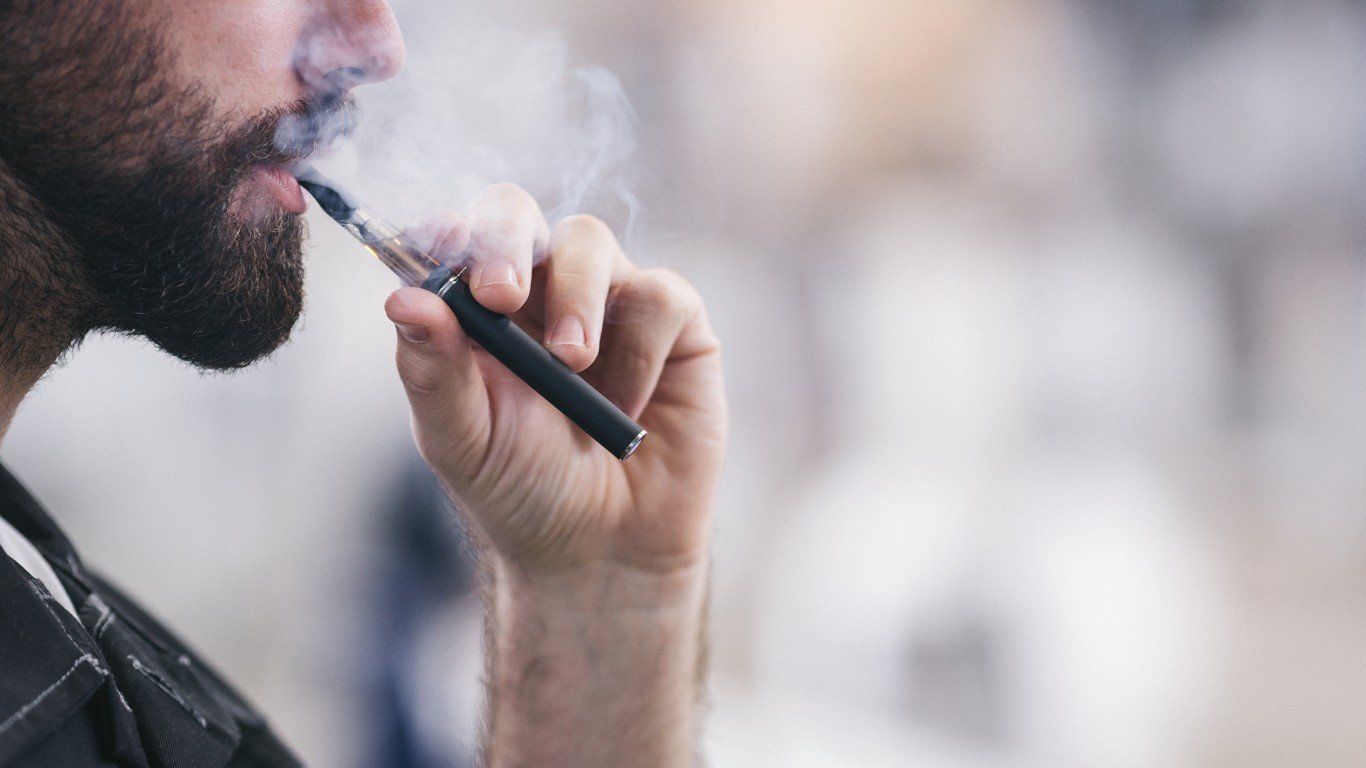
40. Vaping is on the rise
The National Institutes of Health calls the rise in vaping among teens “alarming.” With vaping, an e-cigarette heats a liquid into a vapor that is inhaled. The vapor may contain nicotine, which is the addictive drug in tobacco, various flavors, and other chemicals. About 37% of 12th graders reported vaping in 2018, compared with 28% in 2017. Vaping of nicotine, flavored liquids, marijuana, and hash oil all have increased. A recent Gallup survey found that 20% of 18- to 29-year olds vape regularly, more than twice the national average.
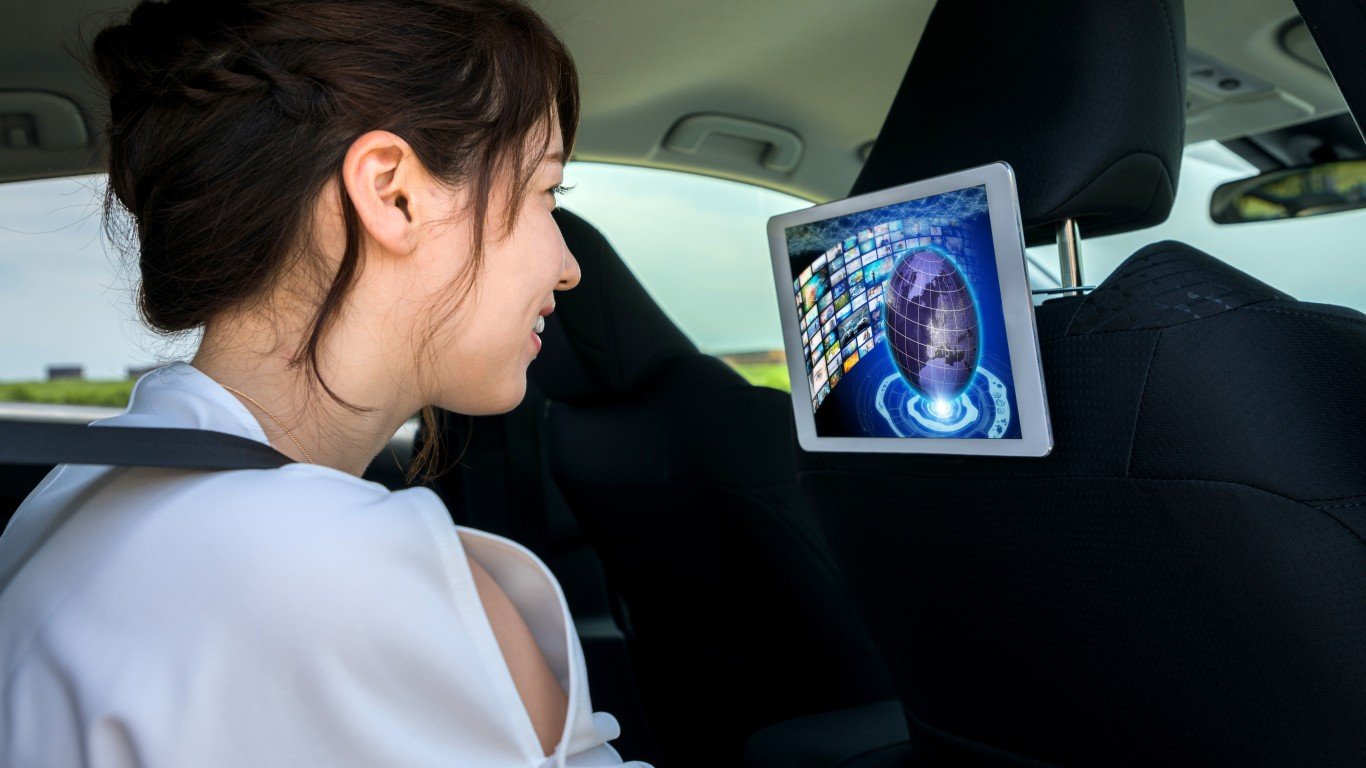
41. Cars are basically mobile entertainment centers
Modern cars are all about being comfortable while packing in all kinds of cool features. These range from built-in screens, audio systems, touch-sensitive controls, USB chargers, Wi-Fi hotspots, Bluetooth connectivity for music, videos, and phone calls. Considering the fact that cars may be driverless soon, you could basically be in a movable theater in which you would not have to turn off your cell phone.
[in-text-ad-2]
42. More people live together and don’t get married
Fewer people are getting married and more are living together without tying the knot, according to a 2019 study by Pew Research Center. Nearly 60% of adults between 18 and 44 years of age report to have lived with an unmarried partner at some point in their lives, compared to 50% who report they have ever been married.

43. People are less happy
Overall well-being in the United States is in decline, according to a study of 2.5 million people by Gallup and Sharecare, a healthcare information service. They are less happy and more anxious compared to 2009, even though the economy these days is in a healthy, or certainly healthier, state than a decade ago. The biggest drop in well-being took place between 2016 and 2017. Last year was much more balanced, but it also slightly worsened compared to 2017.
[in-text-ad]

44. People worry about the future
Americans’ anxiety is getting worse, according to a national poll by the American Psychiatric Association. On a scale from zero to 100, the national anxiety score in 2018 is 51, five points higher than the previous year. Americans worry more about health, safety, personal relationships, politics; but most of all they worry about paying the bills. Americans are worried about the future of the country as well. About two-thirds say they worry about the country and that’s stressing them out.

45. Most Americans are in debt
America is drowning in debt and the problem is only getting worse. Even before the pandemic wreaked havoc on the economy, causing millions of people to lose their jobs, nearly 81% of baby boomers, 80% of gen Xers, and 81.5% of millennials owed money in the form of a credit card balance, student loan, mortgage, medical bills, unpaid bills, or car loan. (Medical bills are often the biggest reason why people file for bankruptcy.)
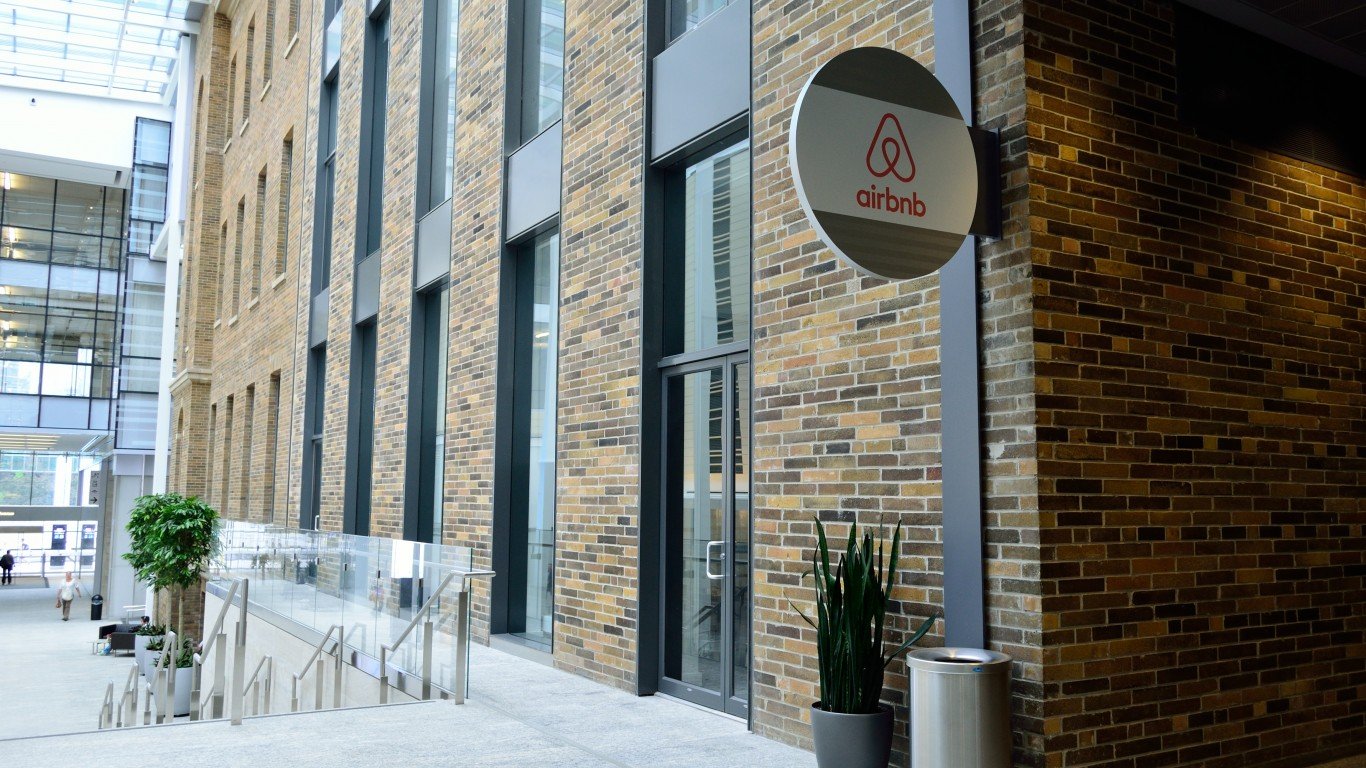
46. The sharing economy is on the rise
Airbnb, Uber, eBay, Lyft, Getaround, StyleLend, EatWith… There are dozens of new platforms that facilitate trade between people for anything from transportation to eating. The consumer peer-to-peer rental market alone was already worth more than $26 billion in 2013 and its value has undoubtedly increased since then.
[in-text-ad-2]
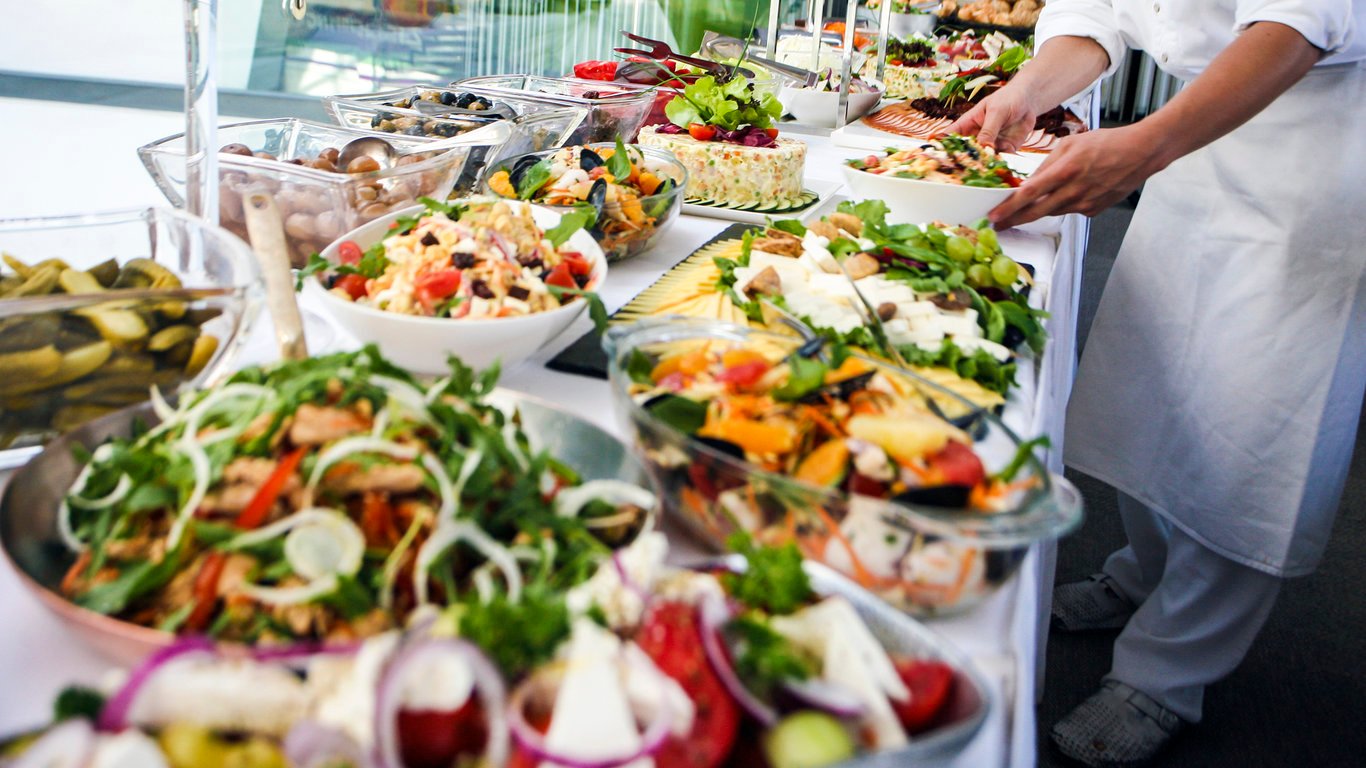
47. People eat out or order in more
Until the pandemic forced people inside for long periods of time, turning many of them into amateur bakers, Americans seemed to dislike cooking. They spent more money at restaurants and bars than at grocery stores. Ever since 2010, expenditures for food away from home have been higher than expenditures for food at home. In 2017 alone, people spent more than $869 billion eating out or ordering in from restaurants, compared to $747 billion on food made at home. In most of 2020, restaurants were either closed or forced to open at limited capacity and many people turned to food delivery.

48. Physical greetings are a no go
For a while, at the beginning of the pandemic in March, people were advised by health experts to opt for an elbow bump instead of a closer physical contact greeting like a handshake, a hug, or a kiss on the cheek. By June, the CDC issued advice against elbow bumps, and by November, close physical contact greetings had become almost nonexistent. People are asked to stay at least 6 feet apart, whether indoors or outdoors.

49. People are basically online junkies
The average smartphone user checks Facebook 14 times a day. And that’s just one social media platform. Between Facebook, Instagram, Pinterest, and various messaging apps, people are glued to their phones. In fact, people are expected to spend more time online watching videos, shopping, and browsing through Facebook than watching TV this year.

50. Vaccination rates are declining
As a result of stay-at-home orders that lasted several months beginning in March and April, families had to live isolated for fear of exposure to the coronavirus. Parents canceled routine pediatric checkups, leading to a nationwide sharp decline in vaccination rates, according to the CDC. In New York City, for example, the number of children over 2 years of age who have been vaccinated dropped by 91%.
Take This Retirement Quiz To Get Matched With An Advisor Now (Sponsored)
Are you ready for retirement? Planning for retirement can be overwhelming, that’s why it could be a good idea to speak to a fiduciary financial advisor about your goals today.
Start by taking this retirement quiz right here from SmartAsset that will match you with up to 3 financial advisors that serve your area and beyond in 5 minutes. Smart Asset is now matching over 50,000 people a month.
Click here now to get started.
Thank you for reading! Have some feedback for us?
Contact the 24/7 Wall St. editorial team.
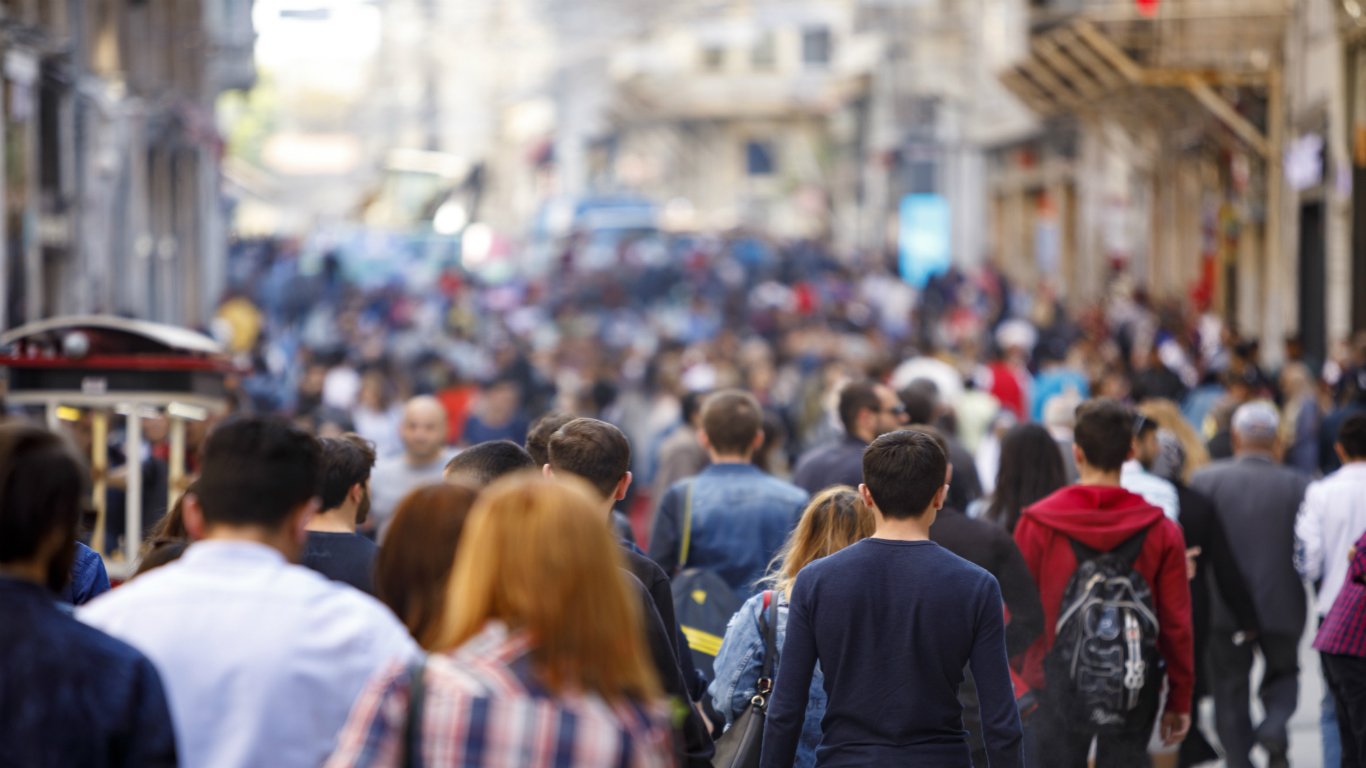 24/7 Wall St.
24/7 Wall St. 24/7 Wall St.
24/7 Wall St.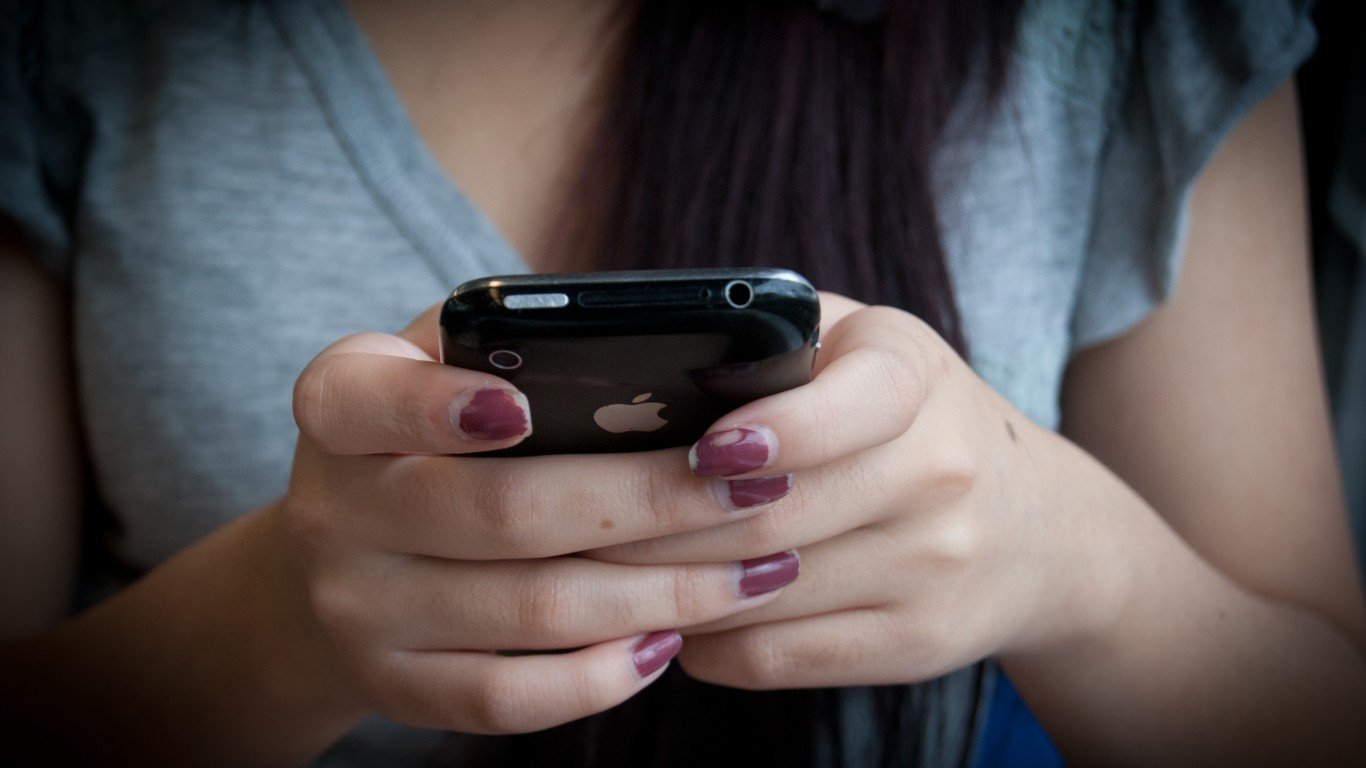

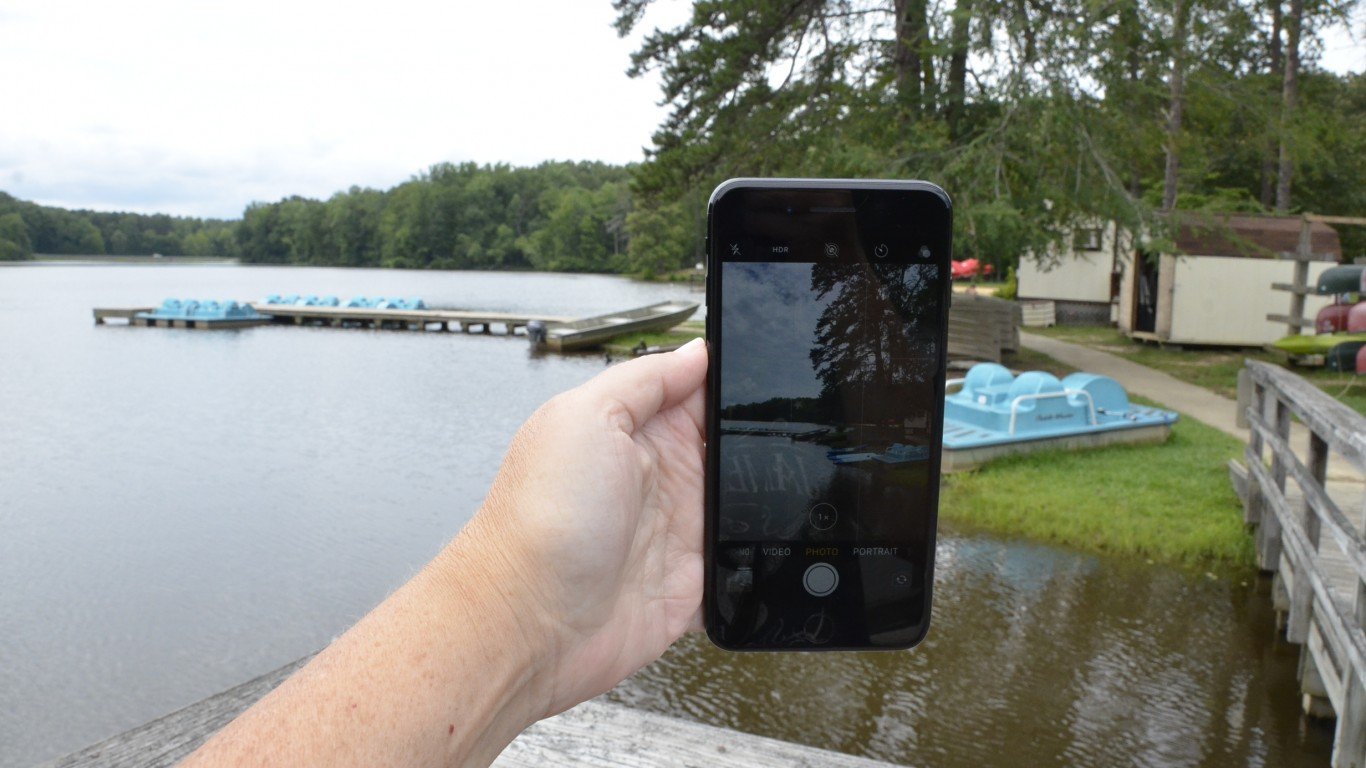

 24/7 Wall St.
24/7 Wall St.


 24/7 Wall St.
24/7 Wall St.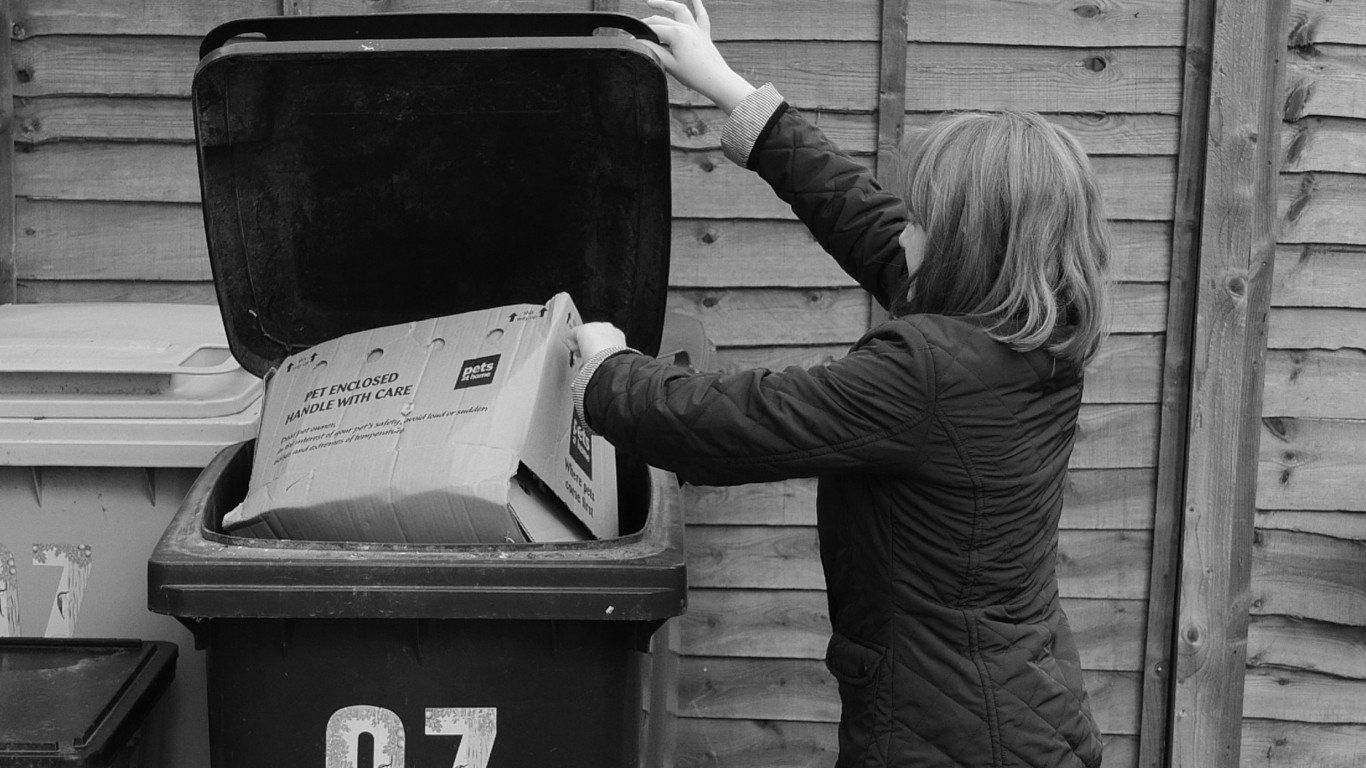
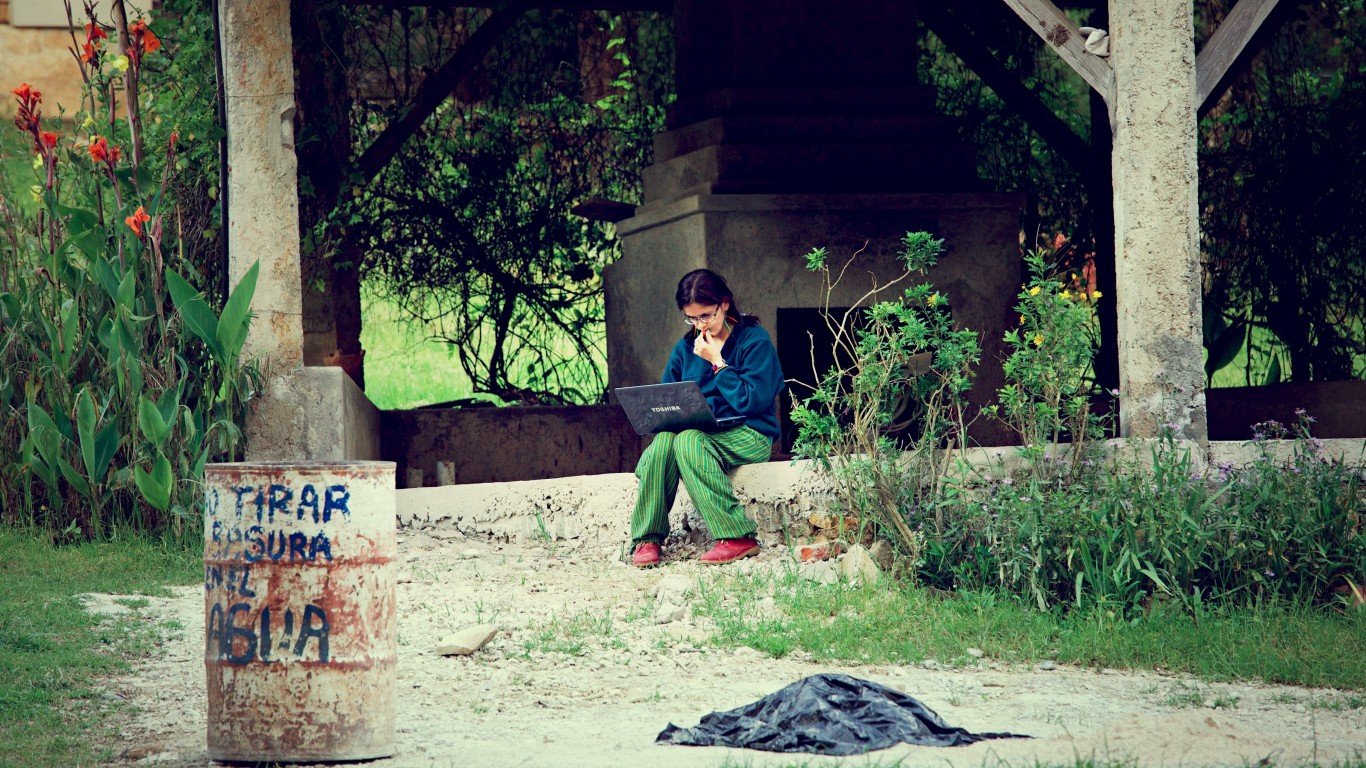


 24/7 Wall St.
24/7 Wall St.